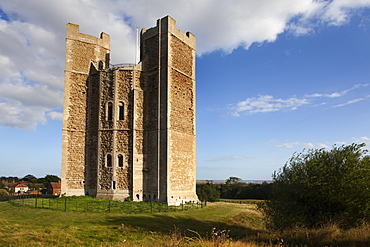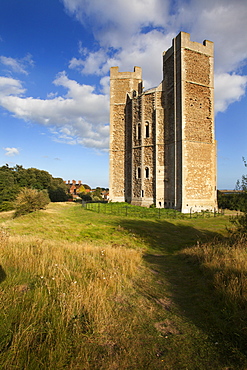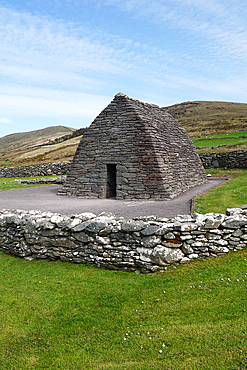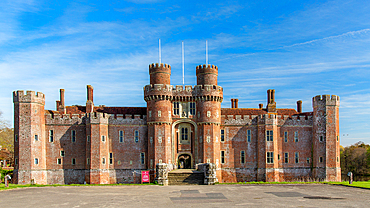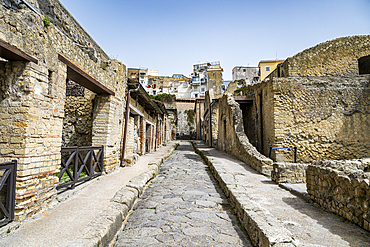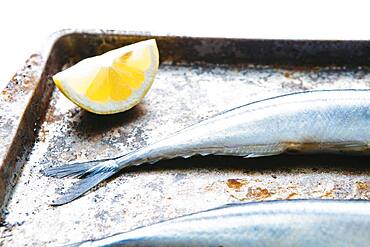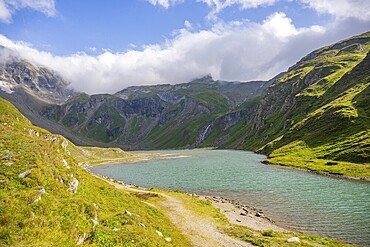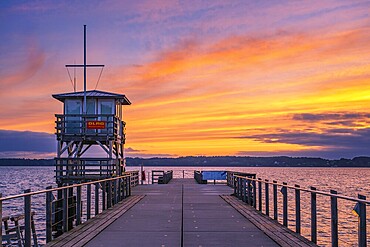Results
14 results found
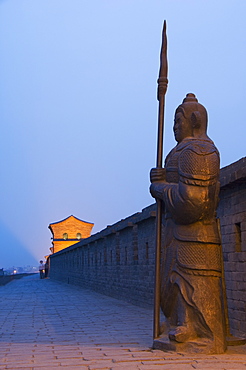
Ornamental guard on the last remaining intact Ming Dynasty city wall in China, Pingyao (Ping Yao), UNESCO World Heritage Site, Shanxi Province, China, Asia
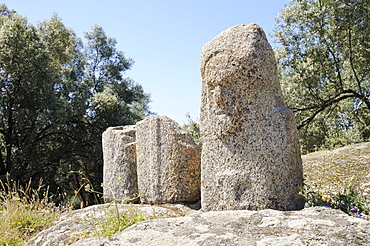
Carved Bronze Age granite statue menhirs at Filitosa, approximately 3500 years old, one intact with a grumpy face, Corsica, France, Europe

Gate Tower on the last remaining intact Ming Dynasty City wall in China, Pingyao City, UNESCO World Heritage Site, Shanxi Province, China, Asia
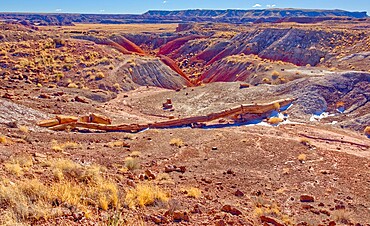
One of the few petrified trees almost intact, The Onyx Bridge in Petrified Forest National Park, Arizona, United States of America, North America
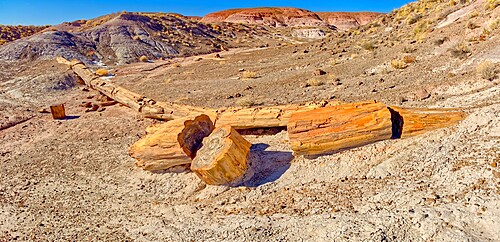
One of the few petrified trees almost intact, The Onyx Bridge in Petrified Forest National Park, Arizona, United States of America, North America
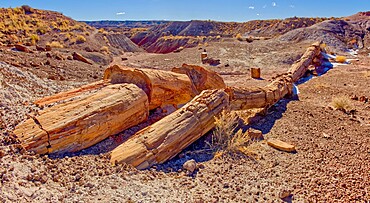
One of the few petrified trees almost intact, The Onyx Bridge in Petrified Forest National Park, Arizona, United States of America, North America
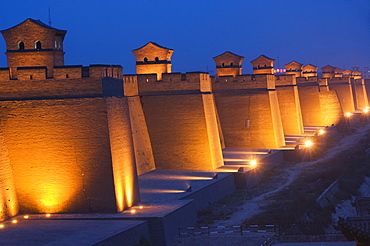
Last remaining intact Ming Dynasty city wall in China, UNESCO World Heritage Site, Pingyao City, Shanxi Province, China, Asia
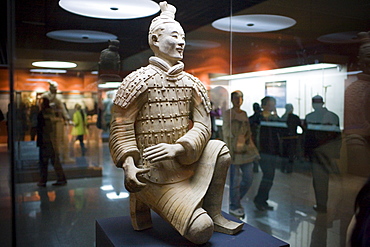
Archer warrior, the only figure found intact from Pit 2, in the Charriots Exhibiton Hall at the Main site, Xian, China
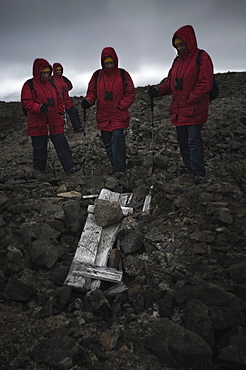
Whalebone Alley, female tourist standing around still intact extremly old inuit elder grave, skeleton still present. Itygran Island (Bering Sea) Russia, Asia. MORE INFO: Whale Bone Alley was discovered by Soviet archaeologists in 1976, but has remained untouched since and little is known of this place. There is a long double line of bowhead whale bones -- jaws and ribs -- running parallel along the shore for hundreds of yards. Many of the bones, especially the enormous jaw bones, are still standing, propped up by lichen-covered rocks. The location is thought to have been used in about 1300 as a ceremonial site, for a men's secret society or feasting site.
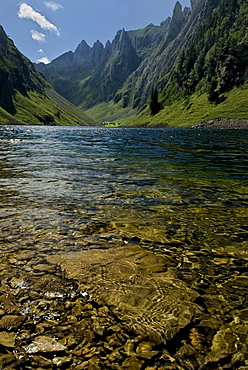
View over Faelensee (Lake Faelen), Alpstein Massif, Swiss Alps, Appenzell Innerrhoden Canton, Switzerland

Three young, stylish friends are sitting on a wooden boardwalk, taking a selfie with a smartphone while wearing roller skates and enjoying the sunny weather

Smiling couple sitting on a sunny pier by the ocean, wearing casual attire and roller skates, embracing a carefree lifestyle
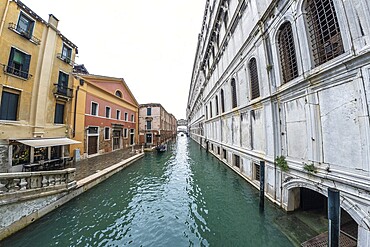
Serene canal in venice with traditional gondola navigating towards distant bridge, showcasing colorful buildings and historic architecture

Young boy wearing blue sunglasses, joyfully splashing in a swimming pool at a vibrant water park, embracing summer fun and adventure
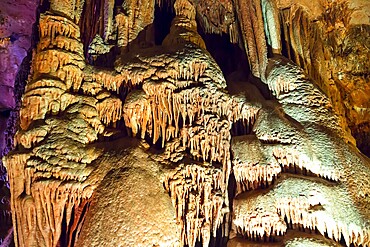
Venetsa Cave in Bulgaria. Beautiful colorful and illuminated cave full with semiprecious onyx stones. Flowstones, stalactites and stalagmites lighted in different vivid colours
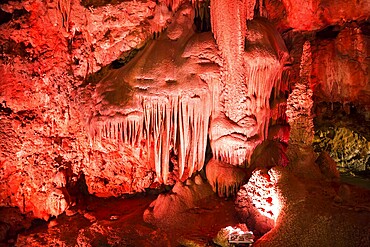
Venetsa Cave in Bulgaria. Beautiful colorful and illuminated cave full with semiprecious onyx stones. Flowstones, stalactites and stalagmites lighted in different vivid colours

Fireweed (Chamaenerion angustifolium) blooming at sunrise in the Mountains at Hochalpenstraße, view from Fuscher Lacke, Pinzgau, Salzburg, Austria
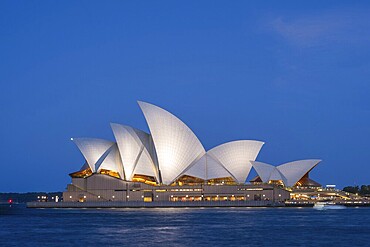
Illuminated Sydney Opera House at night train blue hour, surrounded by water, with unique architecture and vibrant atmosphere, Sydney, Australia

Saleswoman pointing out vibrant, colourful rings to a smiling tourist, who is trying one on at a cheerful outdoor souvenir shop

Two cheerful women wearing sun hats and sunglasses, capturing a fun selfie on a sunny beach, radiating joy and friendship

Young woman with sunglasses and a straw hat, enjoying a tropical pineapple juice on a colourful striped background

Bernina Range with Mount Piz Bernina, 4048 metres above sea level, and Mount Piz Morteratsch, 3751 metres above sea level, Buendner Alps, Canton of Graubuenden, Switzerland, Europe

Young multiracial couple smiling together while capturing a joyful selfie with a smartphone in a vibrant park setting
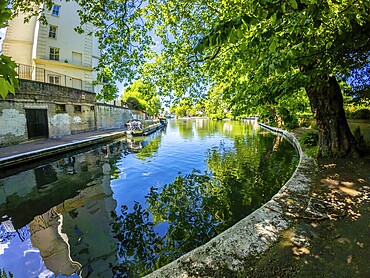
Calm waters reflecting buildings and lush trees along little venice canal in london, offering a peaceful urban oasis

Two young women enjoying a coffee break, chatting and laughing together in a vibrant, modern cafe filled with natural light

Three cheerful young friends taking a selfie outdoors, soaking up the sun and enjoying a vibrant day in the city together

Three multi ethnic young women hugging each other and drinking juice with straw, standing against a red tiled wall

Influencer filming a vibrant vlog on a stunning beach, capturing moments with a smartphone and an external microphone while enjoying summer vibes

Two cheerful female friends capturing a joyful selfie while enjoying their vacation in a lush bamboo forest, surrounded by vibrant greenery

Young woman with straw hat savoring refreshing coconut water, surrounded by vibrant tropical foliage in siargao island, philippines
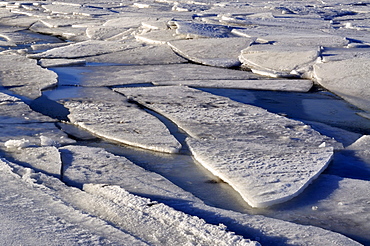
Ice floes on the Baltic Sea off Stein, Probstei, Ploen district, Schleswig-Holstein, Germany, Europe

Last intact Inca rope bridge made of braided Peruvian feathergrass (Jarava ichu), across River Apurimac, Peru, South America
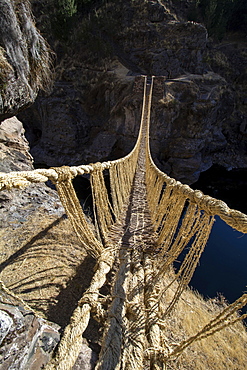
Last intact Inca rope bridge made of braided Peruvian feathergrass (Jarava ichu), across River Apurimac, Peru, South America

Autumnal shrub cluster of Manzanitas or Bearberries (Arctostaphylos alpinus) in the Buendner Alps, Kanton Graubuenden, Switzerland, Europe
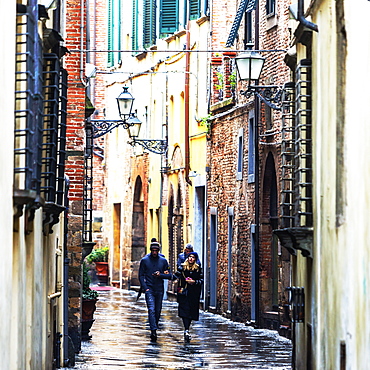
Front view of people walking the wet city streets in Lucca, a city and commune in Tuscany, Central Italy, on the Serchio, a fertile plain near the Tyrrhenian Sea. It is the capital of the Province of Lucca. It is famous for its intact Renaissance-era city walls.

People walking the wet city streets in Lucca, a city and commune in Tuscany, Central Italy, on the Serchio, a fertile plain near the Tyrrhenian Sea. It is the capital of the Province of Lucca. It is famous for its intact Renaissance-era city walls.

African Buffalo in Ngorongoro Conservation Area, Ngorongoro crater, the world's largest inactive, intact, and unfilled volcanic caldera, Tanzania.
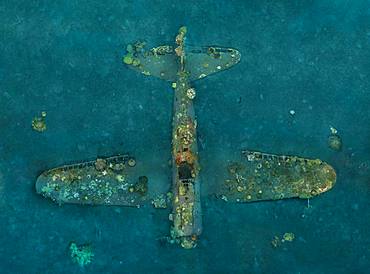
Tara Pacific expedition - november 2017 Zero wreck, vertical view Orthomosaic from 3D photogrammetry (13500 x 10000 px). D: 15 m Kimbe Bay, papua New Guinea, Coral growth on this wreck is from a period of 74 years ! The ZERO, is a Japanese WW2 fighter plane wreck. This Zero wreck was discovered in January 2000 by local William Nuli while he was freediving for sea cucumbers. He asked the Walindi Plantation Resort dive team if they might know what it was, and when they investigated they uncovered the intact wreck of a Zero fighter, resting on a sedimented bottom in 15 m depth. This World War II Japanese fighter is almost completely intact. The plane is believed to have been ditched, the pilot is believed to have survived, but was never found on the island. He never returned home. Maybe he disappeared in the jungle? On 26th December 1943, during the battle of Cape Gloucester, the Japanese pilot made an emergency landing, ditching his Mitsubishi A6M Zero plane into the sea approximately 100m off West New Britain Province. The plane was piloted by PO1 Tomiharu Honda of the 204st K?k?tai. His fate is unknown but it is believed the he made a controlled water landing after running out of fuel and survived. Although he failed to return to his unit, the plane was found with the throttle and trim controls both set for landing and the canopy was open. There are no visible bullet holes or other shrapnel damage and the plane is still virtually intact after over 70 years underwater. It is a A6M2 Model 21 Zero, made famous for its use in Kamikaze attacks by the Japanese Imperial Navy. The wreck has the Manufacture Number 8224 and was built by Nakajima in late August 1942.

Tara Pacific expedition - november 2017 Kimbe Bay, papua New Guinea, Zero wreck: Coral growth on this wreck is from a period of 74 years ! D: 15 m The ZERO, is a Japanese WW2 fighter plane wreck. This Zero wreck was discovered in January 2000 by local William Nuli while he was freediving for sea cucumbers. He asked the Walindi Plantation Resort dive team if they might know what it was, and when they investigated they uncovered the intact wreck of a Zero fighter, resting on a sedimented bottom in 15 m depth. This World War II Japanese fighter is almost completely intact. The plane is believed to have been ditched, the pilot is believed to have survived, but was never found on the island. He never returned home. Maybe he disappeared in the jungle? On 26th December 1943, during the battle of Cape Gloucester, the Japanese pilot made an emergency landing, ditching his Mitsubishi A6M Zero plane into the sea approximately 100m off West New Britain Province. The plane was piloted by PO1 Tomiharu Honda of the 204st K?k?tai. His fate is unknown but it is believed the he made a controlled water landing after running out of fuel and survived. Although he failed to return to his unit, the plane was found with the throttle and trim controls both set for landing and the canopy was open. There are no visible bullet holes or other shrapnel damage and the plane is still virtually intact after over 70 years underwater. It is a A6M2 Model 21 Zero, made famous for its use in Kamikaze attacks by the Japanese Imperial Navy. The wreck has the Manufacture Number 8224 and was built by Nakajima in late August 1942.
